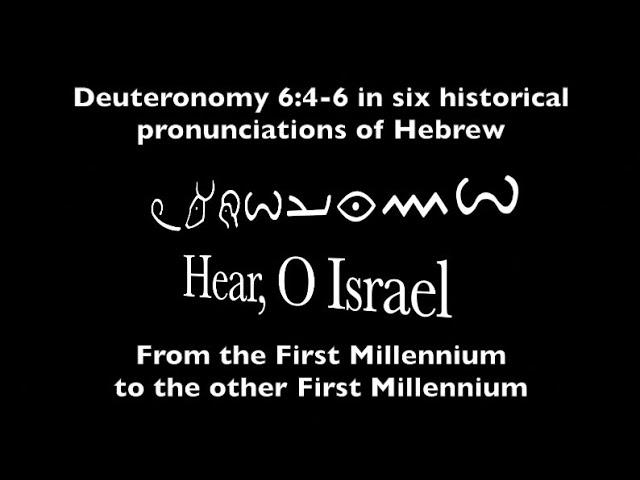
Six Degrees of the Shma: Deuteronomy 6:4-6 in Six Historical Pronunciations of Biblical Hebrew
Комментарии:
Sauvignon Blanc grape variety - Youtube
WINE_SOMM
Will We Unite with Her?
Advent Messenger Church
Was WoW Classic a Success? Review/My Story
MadSeasonShow
ЗВЁЗДЫ ЭСТРАДЫ в КРК ГЛОРИЯ
Культурно развлекательный комплекс Глория
Как вам кокошник? Мне идёт? #уборка #сожительство #свадьба
Аня Куварзина - путь художника


























